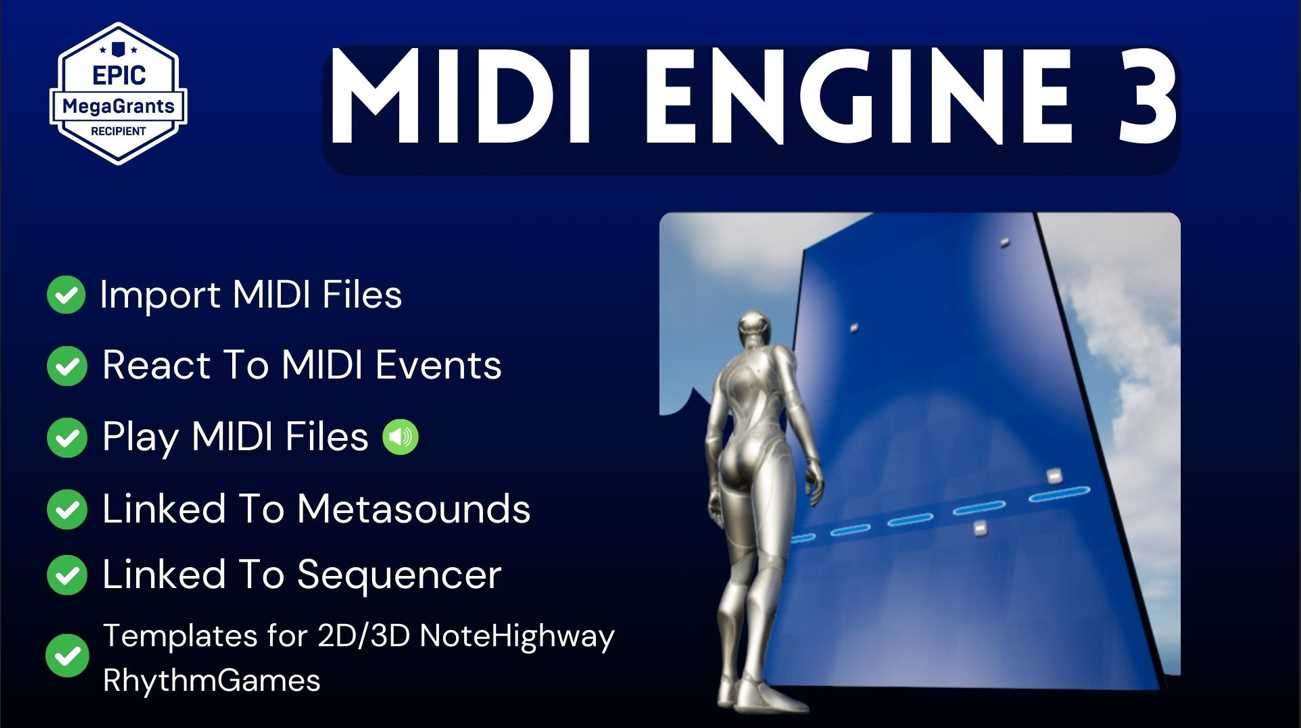This tutorial provides a straightforward approach to rotating objects or actors in Unreal Engine, a common requirement in game development, particularly for elements like rotating coins or interactive objects. And we’ll be making use of the Rotating Movement Component.
Basics of Object Rotation
In Unreal Engine, rotation of objects or actors can be achieved through various methods, each suitable for different scenarios. Whether it’s a static mesh like a coin or a more complex actor, understanding these rotation techniques is crucial and in this tutorial we’ll touch on using the Rotating Movement Component.
Step-by-Step Process for Rotating Objects
Follow the following steps. If you’re a visual learner, watch the video below.
Open Your Actor Blueprint:
- Open the Blueprint of the Actor you want to rotate, such as a coin.
- Ensure the Actor has essential components like a static mesh.
Add the Rotating Movement Component:
- In the Components section of the Blueprint, click ‘Add Component’.
- Search for and select ‘Rotating Movement’.
Configure the Rotating Movement Component:
- With the Rotating Movement Component selected, go to the Details panel.
- Key settings to adjust include:
- Rotation Rate: Determines the rotation speed and direction, set in degrees per second for each axis (Pitch, Yaw, Roll).
- Pivot Axis: Specifies the axis of rotation.
- bRotationInLocalSpace: Toggle this to rotate in local or world space.
- Rotation Rate: Determines the rotation speed and direction, set in degrees per second for each axis (Pitch, Yaw, Roll).
Conclusion
By adding and configuring the Rotating Movement Component in your Unreal Engine project, you can easily create dynamic rotational effects for your actors. This component is a straightforward way to enhance the visual appeal and interactivity of your game’s objects.

